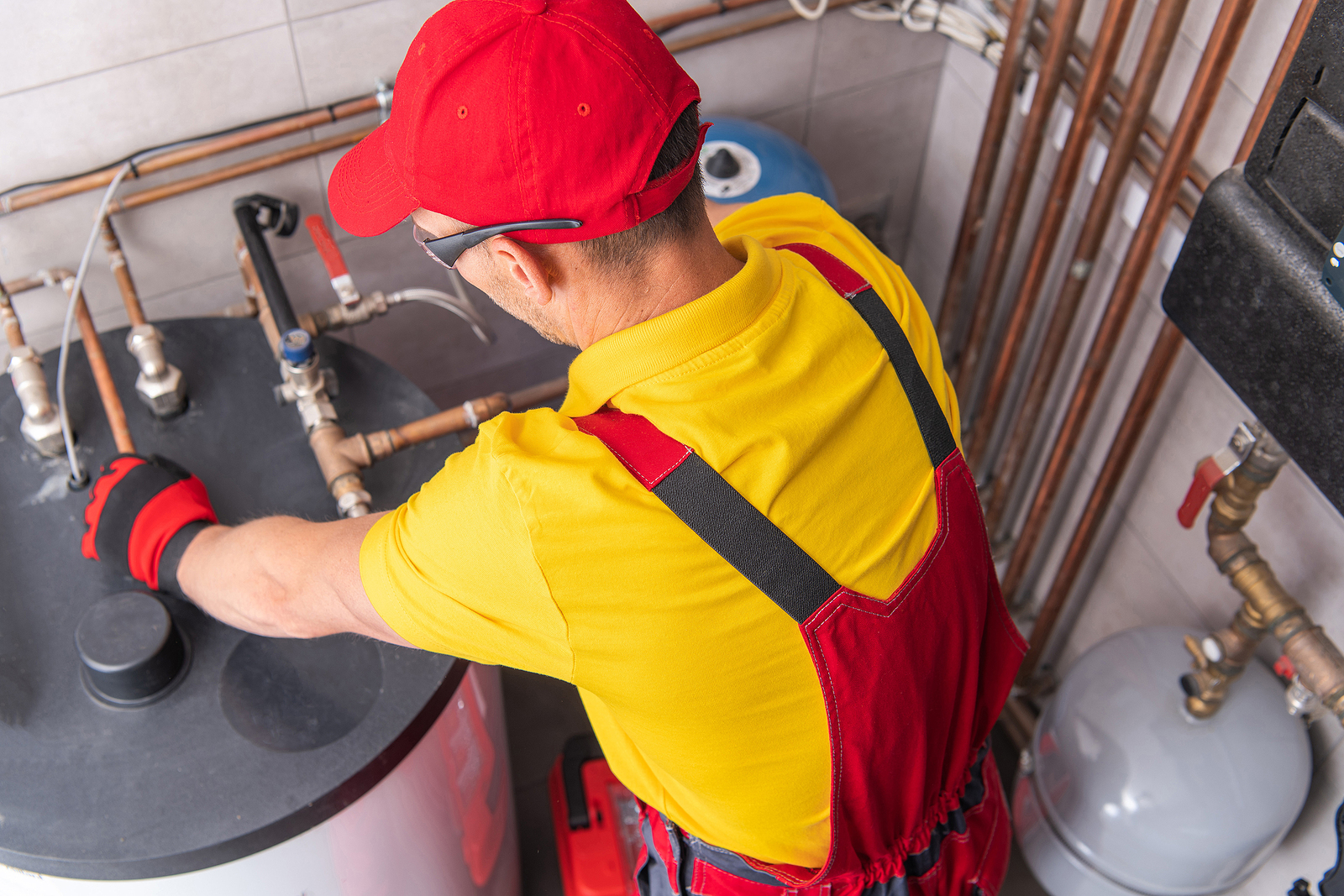When temperatures drop, your home becomes the first line of defense against harsh winter conditions. Proper winter home preparation not only safeguards your property but also ensures energy efficiency, comfort, and long-term savings.
This guide provides expert recommendations tailored to the climates and housing conditions of Staten Island, NY and Middlesex County, NJ, helping homeowners in each region prepare effectively for the cold months ahead.
1. Inspect and Service Your Heating System
A reliable heating system is fundamental to winter safety and efficiency. Homeowners should schedule a pre-season heating inspection before temperatures consistently fall below 50°F.
Key Expert Recommendations:
-
Service your furnace or boiler: Annual tune-ups improve energy efficiency and extend equipment lifespan.
-
Replace air filters: Dirty filters strain systems, increase energy costs, and reduce air quality.
-
Check thermostat accuracy: A programmable or smart thermostat helps optimize energy use throughout the season.
-
Inspect ductwork: Ensure there are no leaks or obstructions restricting warm air flow.
For homes in colder microclimates, such as near Staten Island’s north shore or the open areas of Middlesex County, consistent system performance is critical for safety and comfort.
2. Evaluate Insulation and Seal Drafts
Proper insulation and air sealing can reduce heating loss by up to 20%. Expert evaluation of insulation levels, particularly in attics and exterior walls, ensures maximum energy efficiency.
Action Steps:
-
Inspect attic insulation: Minimum recommended R-value for both regions is R-49 or higher.
-
Seal gaps and cracks: Use weather-stripping or caulking around doors, windows, and utility penetrations.
-
Add door sweeps: Prevent cold air from entering under doors, especially near basements and garages.
-
Check basement walls: Insulate rim joists and exposed masonry to minimize heat loss.
Local Insight: Staten Island’s coastal winds can quickly draw heat out of older brick or stucco homes, while Middlesex County’s suburban homes often experience drafts from larger window frames or attached garages.

3. Protect Plumbing and Exterior Systems
Frozen pipes are one of the most common winter emergencies. Even minor freezing can cause ruptures, resulting in expensive water damage.
Preventive Measures:
-
Drain outdoor faucets and hoses. Disconnect all garden hoses and shut off exterior spigots.
-
Insulate exposed pipes: Use foam pipe sleeves or heating cables in unheated areas such as basements, crawl spaces, and garages.
-
Keep interior temperatures above 55°F: Even when away, maintaining this minimum prevents interior pipe freezing.
-
Service sump pumps: Ensure the discharge line is clear and insulated to prevent freeze-ups.
Regional Considerations:
-
In Staten Island, salt air corrosion can accelerate wear on outdoor fixtures—apply protective coatings where possible.
-
In Middlesex County, homes with large exterior irrigation systems should schedule professional winterization to prevent line damage.
4. Clean Gutters and Inspect the Roof
Snow accumulation and ice dams can cause significant structural issues if gutters and roofs are neglected.
Expert Checklist:
-
Clean gutters and downspouts: Remove debris to prevent blockages and ice dams.
-
Inspect flashing and shingles: Repair damaged areas to prevent leaks.
-
Check attic ventilation: Proper airflow minimizes moisture buildup and prevents roof deterioration.
-
Trim overhanging branches: Heavy snow can cause limbs to break and damage roofing materials.
Local Notes:
-
Staten Island homes near tree-lined neighborhoods often experience leaf buildup that blocks gutters before the first freeze.
-
Middlesex County homeowners should monitor roof valleys and shaded areas where snow tends to accumulate and melt unevenly.
5. Ensure Safety and Energy Efficiency
A well-prepared home is not only warm but also safe. Winter is a peak season for residential fires and carbon monoxide incidents.
Safety Essentials:
-
Test smoke and carbon monoxide detectors monthly.
-
Have chimneys inspected and cleaned if using fireplaces or wood-burning stoves.
-
Reverse ceiling fans: Set blades to rotate clockwise to distribute warm air.
-
Maintain clear airflow: Keep vents and radiators unobstructed by furniture or drapes.
For enhanced energy efficiency, consider smart thermostats, LED lighting, and routine HVAC filter changes. These small upgrades yield measurable savings throughout the season.
6. Localized Preparation: Staten Island, NY
Staten Island’s proximity to the Atlantic Ocean exposes it to fluctuating temperatures, coastal winds, and moisture. Winter home preparation here must prioritize moisture control, insulation, and flood-readiness for low-lying neighborhoods.
Local Expert Insights:
-
Inspect and maintain sump pumps to prepare for sudden thaw periods.
-
Seal basement foundations against coastal humidity and water intrusion.
-
Use storm windows and reinforced weather-stripping to reduce heat loss.
-
For homes near the shore, check corrosion-resistant coatings on exterior metal elements.
Given the borough’s mix of older and newer homes, ensuring that insulation meets modern standards is crucial to avoid uneven heating and excessive energy use.
7. Localized Preparation: Middlesex County, NJ
Middlesex County experiences longer cold spells and less coastal moderation, making energy efficiency and freeze protection top priorities.
Local Expert Insights:
-
Schedule chimney and vent inspections to prevent backdrafting in tightly sealed homes.
-
Winterize sprinkler systems early (typically by mid-November).
-
Inspect garage doors for proper seals—attached garages are a major source of heat loss.
-
Keep emergency heating supplies (like portable generators or kerosene heaters) ready, ensuring compliance with local safety codes.
Homes in suburban developments often feature extensive driveways and decks. Applying sealants before winter prevents cracking from freeze-thaw cycles.
8. Maintain Property Value and Curb Appeal
Regular winter maintenance not only improves comfort but also protects home value. A well-prepared home demonstrates proactive ownership—a key factor for buyers in both regions.
Value-Enhancing Tips:
-
Upgrade insulation and windows for energy efficiency certification.
-
Keep landscaping trimmed to protect siding and roofing.
-
Document maintenance activities for potential resale value.
Local real estate professionals often note that homes showing evidence of seasonal maintenance appraise higher and sell faster than neglected properties.
9. Planning Ahead for a Trouble-Free Winter
The best time to prepare your home for winter is before temperatures fall below freezing. Whether you live in Staten Island, NY or Middlesex County, NJ, creating a detailed checklist can help you manage preparation in manageable stages.
Recommended Plan:
-
Late October: Inspect heating and insulation systems.
-
Early November: Clean gutters, winterize plumbing, and test safety detectors.
-
Mid-November: Conduct roof checks and finalize outdoor maintenance.
-
December: Monitor energy usage and perform a final home safety review.
Taking these proactive steps ensures your property remains warm, efficient, and protected all season long.
Final Thoughts
Winter home preparation is not just a seasonal chore—it’s an investment in your home’s safety, efficiency, and long-term durability.
By applying these expert-backed strategies and tailoring them to your local environment in Staten Island, NY or Middlesex County, NJ, you’ll enter winter with confidence, reduced energy costs, and a more resilient home.






